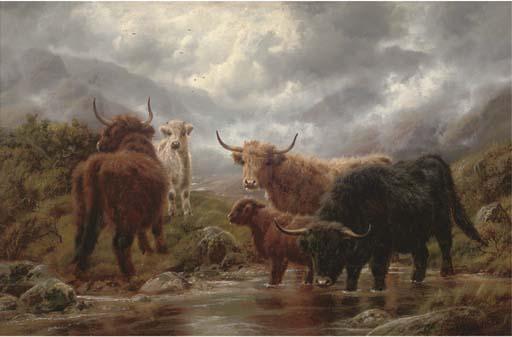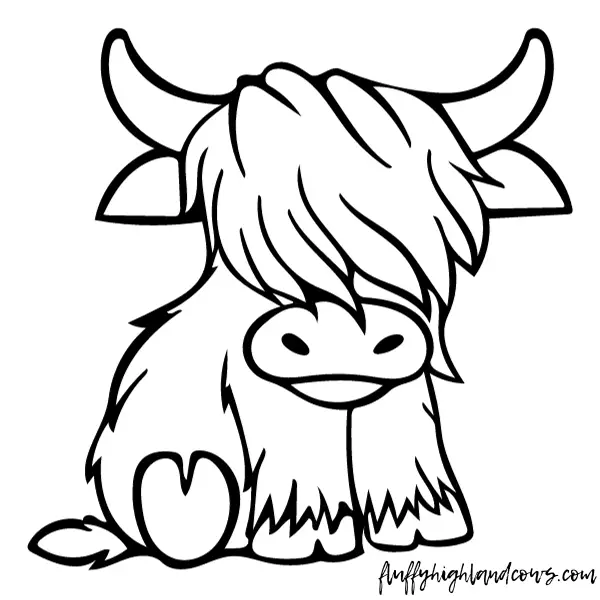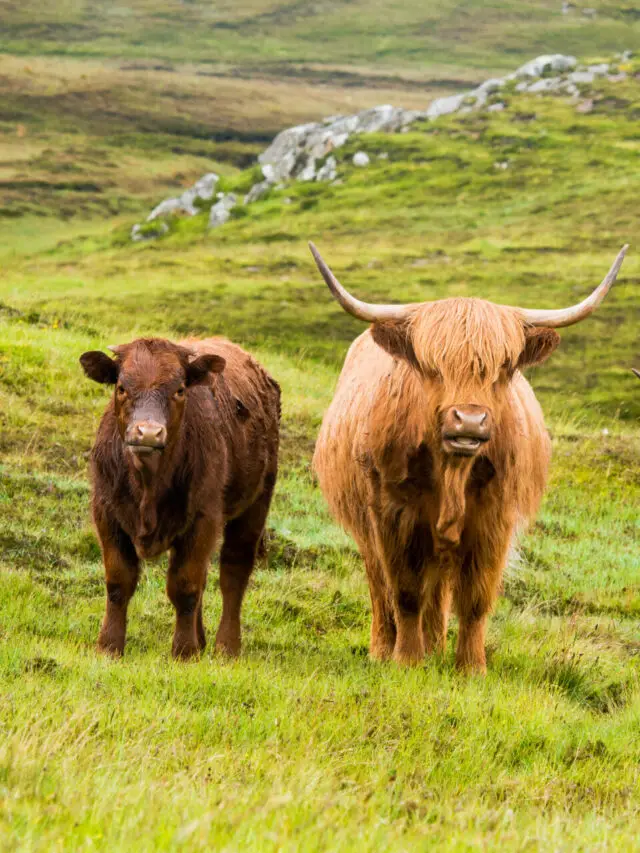Highland Cattle: A History Lesson
Highland Cattle, known for their significant role in the history and development of the Scottish Highlands, likely arrived there due to the efforts of the Scando-Celts. These ancient people might have introduced the breed to control their own herd numbers.
For generations, these cattle have been crucial for the Highland crofters, small farmers who relied on fishing and basic farming. The cattle provided meat, milk, and hair for spinning yarn.
The calves were a key part of the annual cattle sales, known as trysts, with the most famous one held in Stirling, Scotland. Here, cattle from the islands were swum ashore and herded along ancient roads to Stirling. After being sold, many were driven south to England for resale.
In the past, most Highland Cattle were black, especially those from the islands, known as Kyloes. These smaller, hardier cattle were slower to develop, which is why the larger, red cattle from the mainland eventually became more common. Modern breeding has reduced the genetic differences linked to color.
When the Scottish Highland Cattle Society was formed in 1884, most cattle in the early herd books were black. The first herd book listed only bulls, the second included pedigree cows and bulls, and the third recorded awards given to Highland Cattle at agricultural shows.
Highland Cattle societies have since been established in many countries, including Canada, the USA, Sweden, Denmark, Germany, Australia, and New Zealand.
In a testament to their enduring hardiness, over 100 years later in the 1980s, drovers retraced a historic route to demonstrate that modern cattle could endure the journey just like their ancestors. A photo from this time shows the cattle nearing Crieff after a 180-mile journey from the Isle of Skye.








